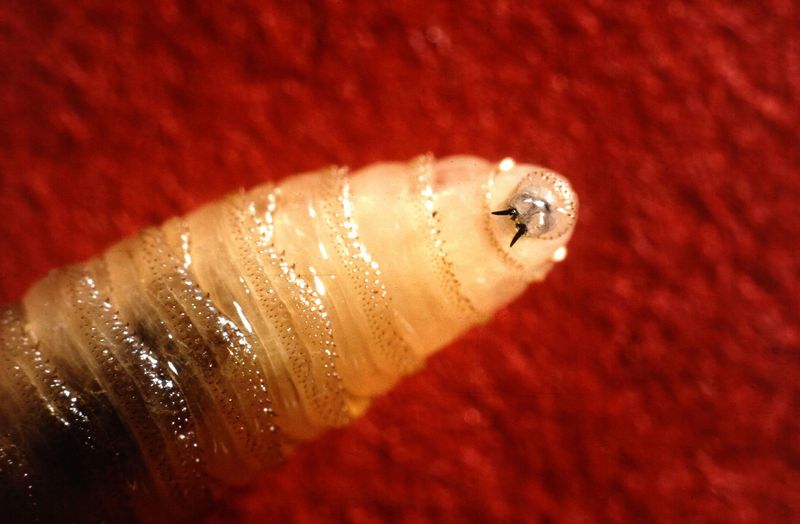In an unexpected twist that might make your skin crawl, Costa Rica is currently grappling with a resurgence of the screwworm, a parasite that sounds more like a character from a horror movie than an actual medical concern. The Ministry of Health confirmed a third human case of myiasis, caused by the larvae of the screwworm fly, Cochliomyia hominivorax, in San Vito de Coto Brus. This announcement on April 10 comes as a chilling reminder of the parasite’s insidious nature.
A Close Encounter of the Parasitic Kind
The latest victim of this pestilent invader was admitted to the Hospital Juana Pirola in San Vito with an ulcerous lesion on his right leg. It was here that the larvae were discovered and subsequently confirmed as screwworm by the National Laboratory of Veterinary Services (Lanaseve) of the National Animal Health Service (Senasa). Thankfully, the patient was discharged in stable condition on April 4.
This case follows closely on the heels of the first detected instance in a resident of Altamira de Pavones, Golfito, on February 26, with scant details about a second case in between.
The Screwworm: A Parasite’s Life Cycle
For those unfamiliar with the villain of our story, the screwworm larvae are the offspring of the Cochliomyia hominivorax fly, which lays up to 300 eggs in open wounds of its host. These eggs hatch and the larvae feast on living tissue, growing and causing degradation over six days. This process, known as myiasis, can cause pain and discomfort to the host, who may feel the larvae moving under their skin.
Surgical Removal: The Best Defense
Treating myiasis generally involves the surgical removal of the larvae, followed by local care to prevent further infection. This approach underscores the seriousness of an infection that, while treatable, is undoubtedly unsettling.
A Guide for Healthcare Professionals
In response to the screwworm’s unwelcome comeback, the Ministry of Health has issued guidelines for healthcare professionals treating myiasis. This includes criteria for suspecting, confirming, or dismissing a case, how to proceed with a suspected case, what samples to send for laboratory analysis, and the prescribed treatment. The guidelines also mandate a field investigation within 24 hours of case confirmation to identify potential human or animal hosts in the patient’s vicinity.
A Historic Pest Returns
Costa Rica had been screwworm-free for 23 years until its recent reappearance last year. The situation escalated to the point where the government declared a health emergency on February 7, due to the increasing number of screwworm cases in livestock, highlighting the threat not only to human health but to the agricultural sector as well.
In this tale of parasitic invasion, the resurgence of the screwworm in Costa Rica serves as a vivid reminder of the challenges posed by neglected tropical diseases. While the country’s healthcare system mounts a defense against this old enemy, the situation underscores the ongoing battle between humanity and the lesser-known adversaries of the natural world.

